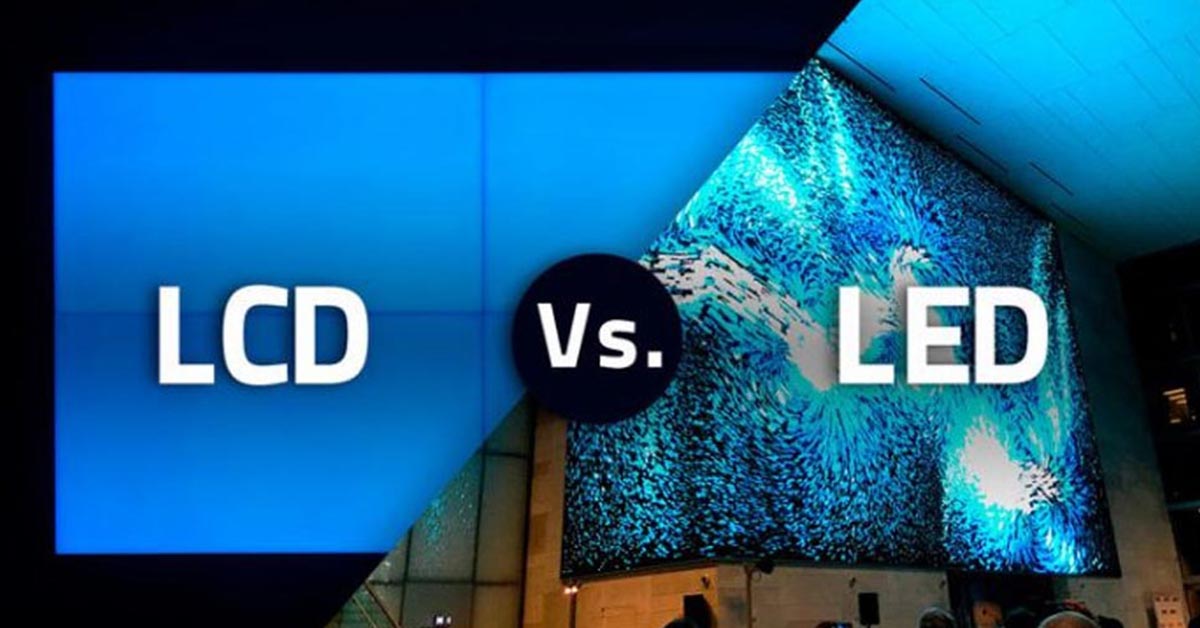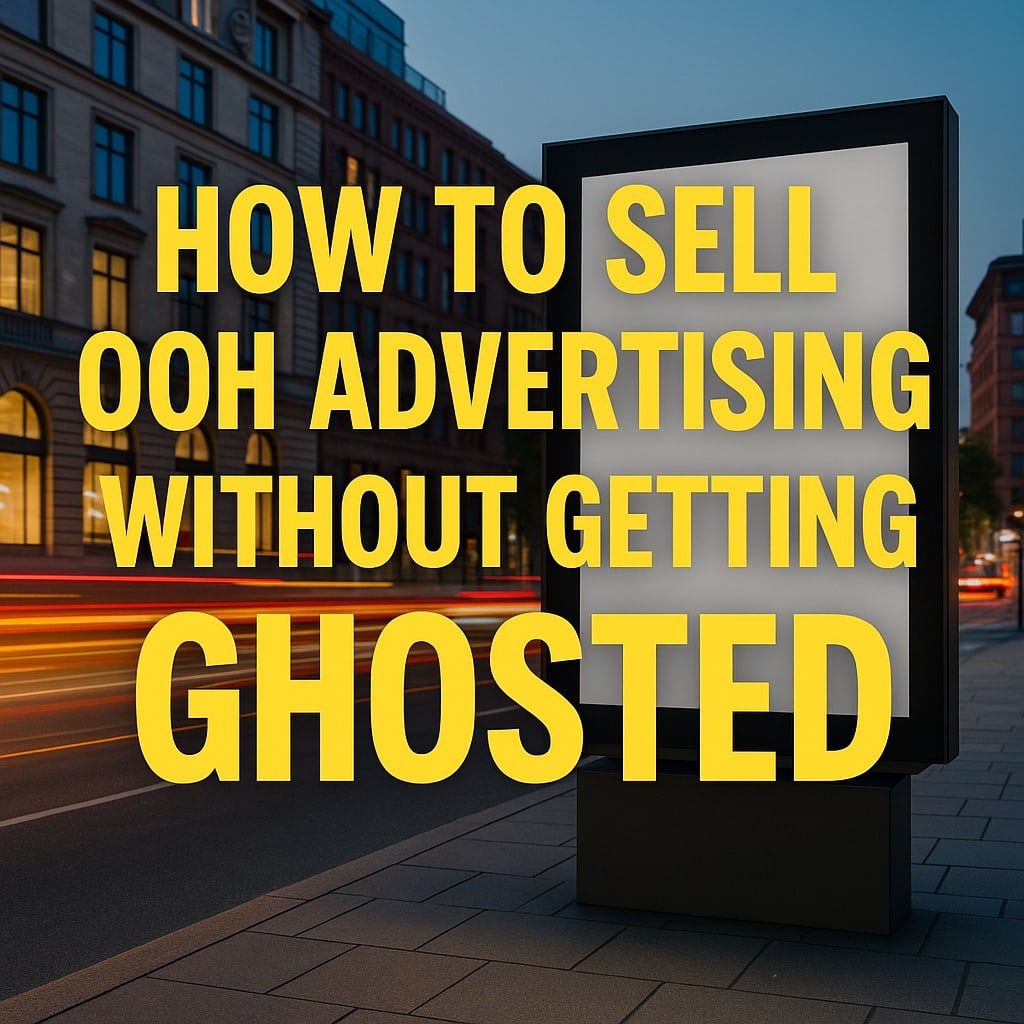

Selling out-of-home (OOH) or digital out-of-home (DOOH) ad space can feel like shouting into traffic—literally. You’re holding a gorgeous deck, armed with a cutting-edge platform… and still, media buyers are ignoring you like yesterday’s QR codes.
If you’ve just entered the OOH game and feel like you’re drowning in the chaos of agencies, account timing, and “who the hell do I talk to?”—you’re not alone.
Here’s a tactical, no-BS guide to actually selling OOH/DOOH media that gets booked (not ghosted).
Agencies are your gatekeepers. But which person?
Tip: Search LinkedIn for “OOH Buyer,” “Media Planner,” or “[Agency Name] + OOH.” Connect and send personalized outreach—not generic cold spam.
Agencies don’t have a “billboard season.” Every brand sets its marketing calendar differently.
Some brands do annual planning (often Q3–Q4 for the next year). Others run quarterly campaigns or book as-needed placements tied to weather, events, or promotions.
Best approach? Be proactive now so you’re in their rotation later. If you wait until they need inventory, you’re already too late.
Your deck should answer:
Don’t just sell inventory. Sell ideas. A generic banner won’t excite a media buyer, but a weather-triggered ad campaign for a restaurant chain absolutely will.
You might need to pitch local businesses at first—but don’t stop there. Start identifying brands already spending on OOH in your area. Look around your city and write down:
From there, search for their marketing managers or agency reps on LinkedIn and start building your prospect list.
Also: get familiar with tools like Winmo, SellerCrowd, or even Media Black Book. These can help you track which brands are spending where—and who’s making the decisions.
OOH is still a relationship-first industry. Cold emails to [email protected] are dead on arrival. Get names. Set up casual meetings. Ask for advice. Offer lunch or drinks if possible. Show them you’re human—not just another seller with a flashy pitch.
And whatever you do, don’t pretend you know more than you do. Be honest about being new and eager to learn. Most media buyers will respect that more than a canned line about “impressions at scale.”
You won’t close deals by waiting for someone to “see your site.” Selling OOH means chasing leads, building relationships, showing creative strategy—not just specs—and staying top of mind.
If your product is actually unique (i.e. mobile HD screens), your real job is to teach the market how and why to use it. That’s where the money lives.
New to Selling OOH? This might help…
I jumped from the creative side into selling digital mobile billboards—and wow, the OOH world is way more complex than I expected.
No leads
No clue who to pitch
No idea when agencies make their decisions
Turns out:
Best advice I got: build relationships before the budget gets booked. Be real, be strategic, and focus on what makes your offering unique.
If you’re in the same boat, or if you’re a buyer tired of bad pitches—drop your wisdom
#OOH #DOOH #MediaSales #AdAgencies #BillboardSales #DigitalOutOfHome